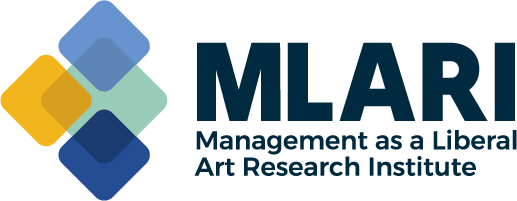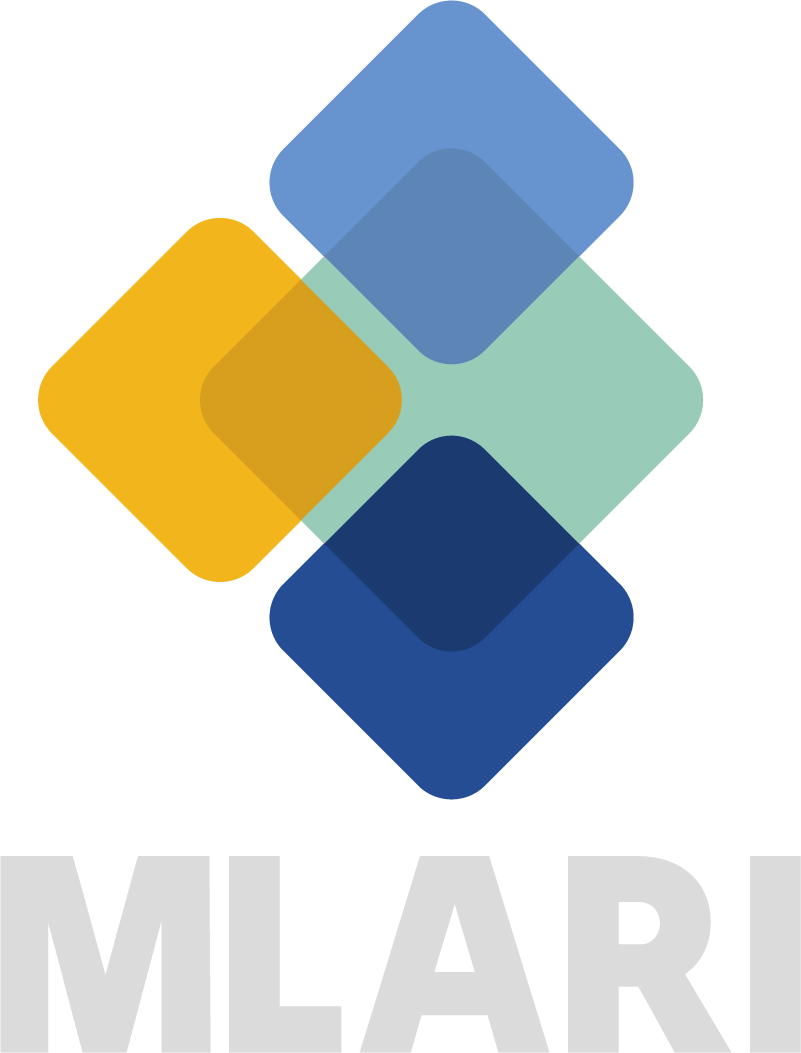On the Nexus Between Entrepreneurship and Innovation
PUBLISHED:
Entrepreneurs are motivated by the possibility that the products and services they deliver can add value to society. But they also are keenly aware that in order to operate sustainably, they need to generate profits. As a result, thriving entrepreneurs constantly re-evaluate their products or services, the market in which they compete, and the way they produce and distribute their offerings. Moreover, entrepreneurs understand that in order to survive the intense rivalry and competition they face in the marketplace, they must find ways to continually innovate.
Entrepreneurs’ efforts to offer goods and services to the market often leads to innovation as entrepreneurs introduce new ways of doing things and engage in a process referred to as ‘creative destruction’. Joseph Schumpeter coined this term to describe the inherently disorderly process of change, where ideas, products, firms, and whole industries are displaced by new innovations. Schumpeter posited that entrepreneurs’ principal contribution to society is to advocate for change and disruption, and in doing so, they help advance society. Schumpeter conceptually established the ‘entrepreneur as innovator’ as a key figure in driving economic development.
Schumpeter argued that innovation is a critical factor of economic change. He indicated that economic change orbits around innovation, entrepreneurial activities, and market power. Schumpeter asserted that innovation-originated market power could provide better results than price competition and the invisible hand. Additionally, he suggested that innovation often creates temporary monopolies, allowing anomalous profits that would soon be contested away by imitators and rivals. He explained that these temporary monopolies were needed to provide the incentive required for other firms to develop new products and processes.
The entrepreneur introduces new things, processes, and business acumen in an effort to transform innovations into economic goods. And the entrepreneur is willing to bear the risk associated with introducing change. The innovative activities of entrepreneurs feed a creative ‘destruction process’ by causing constant disturbances to an economic system in equilibrium, thus creating opportunities for generating income and profits. Hence, entrepreneurship disrupts the stationary flow of the economic system, and in this manner initiates and sustains the process of economic development. In adjusting to a new equilibrium, other innovations are spun off, and more entrepreneurs enter the economic system, introducing new products and services, thereby fostering advancement.
In similar fashion, entrepreneurial firms engage in creative destruction and thus are able to capture a share of the market by replacing firms that have failed to produce valuable products and services. The creative destruction process incentivizes firms to develop new products, services, and processes; otherwise, they will not survive in the long run. Accordingly, entrepreneurship encompasses the market entry of new firms, but it also supports the development of innovative activities in existing firms that allow them to create continuing value in the marketplace. In this vein, innovation can be characterized as the development of a new product, service, or process as the firm embarks upon new combinations of the factors of production.
Innovation is a complex, dynamic process that requires commitment, resources, and investment. Often times, firms will modify their existing business model, re-arranging the manner in how they develop a product or the way they deliver new product functionalities or services to their customers. Modifications to an existing organizational process, to an existing business model, or even to a service delivery method, are all examples of how innovation is harnessed towards the pursuit of greater effectiveness and efficiency.
Innovation can be characterized as the development of a new process or product (or service) that meets new requirements and/or existing market needs. Drucker tells us: “Innovation should be focused on a specific need that it satisfies, on a specific end result that it produces” (Drucker, 1985). Innovation allows for more effective products, processes, services, technologies, and ideas to be made readily available to markets, and society in general. As a result, innovation is used by the enterprise (firm) as a means of meeting the needs of consumers; as a tool for competing with other enterprises in an existing market; and as an instrument for entering into a new market. Hence, innovation conceptually increases the likelihood of the enterprise achieving economic efficiency in the short run, and may allow the enterprise to establish a more competitive long-run position. Nonetheless, the enterprise encounters internal constraints (e.g. cost of inputs) and external constraints (e.g. market competition) that make it challenging for it to subsist in a market. Moreover, diminishing marginal returns influence the production capability of the enterprise. Based on these basic premises, innovation can be considered essential for the long-term economic survival and success of enterprises across different sectors and industries.
According to some scholars, innovation can help improve the long-term survival of a firm as it can enhance its product line / service line offering while enabling it to establish a competitive advantage over other firms (Antonelli, 2003; Lundvall, 2007; Porter, 1990; Schumpeter, 1936; Teece and Pisano, 1994). It is worth noting that the firm that chooses to innovate does so based primarily on the information that it has about preferences, wants and needs of consumers in its market. In other words, the firm innovates because it recognizes the opportunity and value of meeting consumers’ needs and wants in the short-run and sees the innovation investment as a means to also help position itself effectively for the long run. Drucker reminds us that: “purposeful, systematic innovation begins with the analysis of the opportunities” (Drucker, 1985) And since the firm most often faces competition, innovation becomes an avenue through which the firm can differentiate its products from those of other competing firms.
Innovation is the successful embodiment of a useful idea in the marketplace, where the idea can be commercialized. Innovation also allows the firm to re-configure resources more efficiently, and hence allows it to increase productivity, with the implication that this can help augment profit. Innovation has helped build companies and grow and develop industries. For instance, just two decades ago, organizations struggled managing the vast amount of information and data related to their ongoing customer interactions. Since 1999, Salesforce has revolutionized how organizations keep track of customer interactions and manage their sales data. Since its founding, Salesforce has developed multiple iterations of its products, leading to a sophisticated cloud-based enterprise software which supports customer relationship management (CRM). Salesforce’s innovative solutions include sales force automation, customer service and support, marketing automation, and digital commerce. Salesforce has enabled large organizations around the globe to automate their sales and marketing processes and to become increasingly efficient, while becoming effective managers of customer data and information.
Innovation is not a linear process. Instead, innovation is a highly iterative process of re-considering many internal technical and operational factors, and external factors, with an ever-changing interpretation of how the firm might continue to develop and deliver products and services. The firm in which innovation is fostered must support the diverse iterations, interactions, and transactions needed to support innovation efforts. The entrepreneur, who does not mind the uncertainty and risk, is able to manage this dynamic process.
Innovation that addresses a real market need or want delivers value to society. Yet, innovation requires that firms systematically analyze opportunities that are present. Hence, the entrepreneur and entrepreneurial firm must be able to develop the ability to observe and perceive the evolving needs of people. The entrepreneur must then focus on delivering a solution that meets a specific set of needs or wants. This implies that innovation must be purposeful. And it also requires that the entrepreneur is not only disciplined, but willing to invest in acquiring knowledge which can be applied productively. Both the entrepreneur and entrepreneurial firm must continually re-evaluate their products and services, analyze the market in which they compete, and re-consider the way they produce and distribute their products and services. By embracing innovation, they will advocate for change and disruption, and help advance society.
References
Antonelli, C. (2003). The economics of innovation, new technologies and structural change: studies in global competition series. New York, NY: Routledge.
Drucker, P. (1985). Innovation and entrepreneurship: practice and principles. New York, NY: Harper Business.
Lundvall, B. Å. (2007). National innovation systems—analytical concept and development tool. Industry and innovation, 14(1), 95-119.
Porter, M. E. (1990). The Competitive advantage of nations: creating and sustaining superior performance. New York: Simon and Schuster Inc.
Schumpeter, J.A. (1936). The Theory of Economic Development, Second Edition. Cambridge: Harvard University press.
Teece, D., & Pisano, G. (1994). The dynamic capabilities of firms: an introduction. Industrial and corporate change, 3(3), 537-556.





